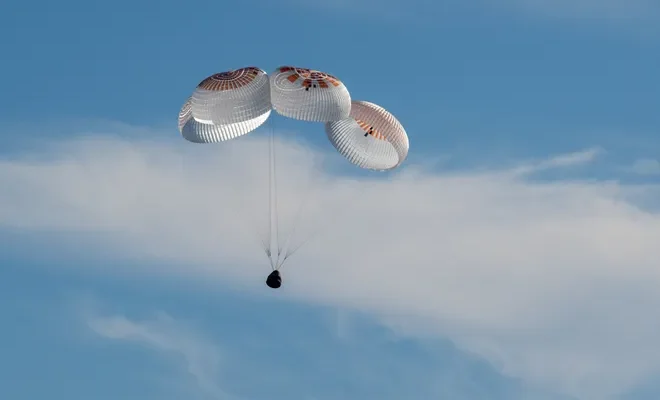If you’re in the Northeast this weekend, make sure to look up (with proper eye protection, of course), as the moon will partially block the sun’s rays, resulting in a partial solar eclipse.
The upcoming partial solar eclipse will occur during the early hours of Saturday morning. Unlike a total solar eclipse, when the moon completely blocks the sun, the moon only partially obscures the sun during a partial solar eclipse. For those lucky enough to view it, the moon’s positioning will produce a sun that appears as a crescent at sunrise.
Here’s when the partial solar eclipse will be visible in the United States.
What states will have the best view of the partial solar eclipse?
The partial solar eclipse will be visible in the District of Columbia and 13 states in the eastern U.S.: Connecticut, Delaware, Maine, Maryland, Massachusetts, New Hampshire, New Jersey, New York, North Carolina, Pennsylvania, Rhode Island, Virginia and West Virginia.
Don’t forget to protect your eyes

Even during a partial solar eclipse, viewers must protect their eyes, as harmful UV rays can cause “eclipse blindness” within second of staring at the sun.
When purchasing eclipse glasses, ensure they are made by companies like the American Astronomical Society and NASA have certified them as safe. The glasses should have the “ISO” (International Organization for Standardization) icon. The glasses also must have the ISO reference number 12312-2.
When will the next solar eclipse occur?
According to NASA, the next partial solar eclipse will occur on Sept. 21 and will be visible in Australia, Antarctica, the Pacific Ocean and the Atlantic Ocean.
The next total solar eclipse, when the moon block’s the sun’s light totally, will be on Aug. 12, 2026. That eclipse will be visible in Greenland, Iceland, Spain, Russia and a small area of Portugal.
Contributing: Janet Loehrke
Greta Cross is a national trending reporter at USA TODAY. Story idea? Email her at [email protected].



